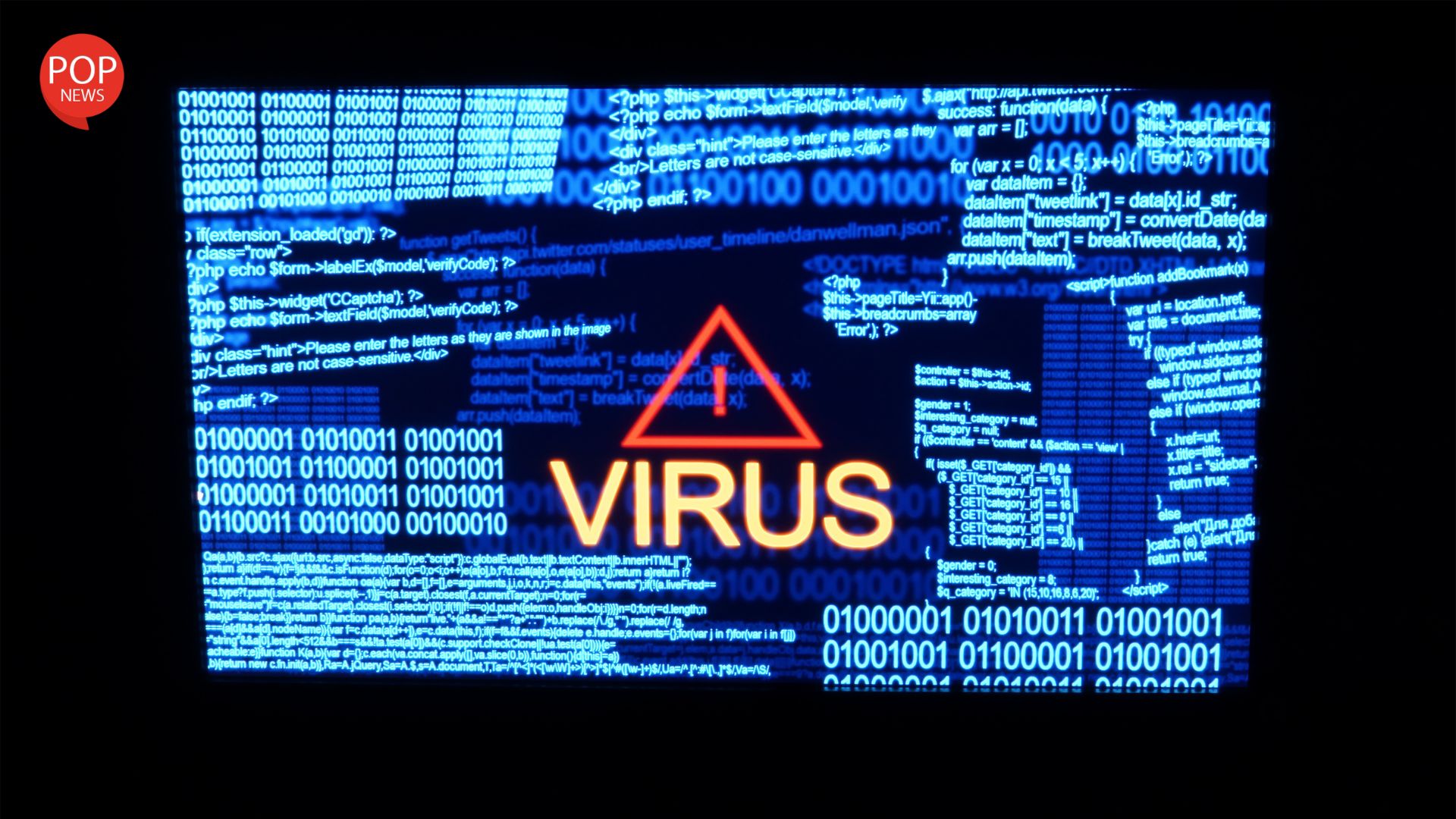Computer viruses have been a persistent threat since the dawn of the digital age, causing havoc, data loss, and financial damages on a global scale. Over the years, cybercriminals have crafted increasingly sophisticated malware to exploit vulnerabilities in computer systems, challenging cybersecurity experts worldwide. Here, we delve into the top 10 computer viruses that have left a significant mark on the digital landscape.
- ILOVEYOU (2000): Perhaps one of the most infamous computer viruses in history, ILOVEYOU spread rapidly via email and file sharing, causing an estimated $10 billion in damages. Disguised as a love letter, this malicious code wreaked havoc by overwriting files and spreading itself to all contacts in the victim’s address book.
- Conficker (2008): This worm exploited vulnerabilities in Windows operating systems, allowing it to propagate rapidly across networks. Conficker infected millions of computers worldwide, creating a massive botnet capable of launching coordinated cyber attacks and stealing sensitive information.
- Stuxnet (2010): Unlike traditional viruses, Stuxnet was a sophisticated piece of malware designed to target industrial control systems, specifically Iran’s nuclear facilities. Developed by nation-state actors, Stuxnet demonstrated the potential for cyber warfare by causing physical damage to centrifuges used in uranium enrichment.
- WannaCry (2017): Leveraging a vulnerability in Microsoft Windows, WannaCry spread rapidly across the globe, encrypting files and demanding ransom payments in Bitcoin. This ransomware attack affected over 200,000 computers in 150 countries, disrupting businesses, hospitals, and critical infrastructure.
- Melissa (1999): Melissa was one of the first macro viruses to spread via email attachments in the late 1990s. Named after a topless dancer, Melissa infected thousands of systems by enticing users to open infected Word documents, leading to widespread disruptions and email server overload.
- Code Red (2001): Exploiting a vulnerability in Microsoft Internet Information Services (IIS) servers, Code Red launched a series of distributed denial-of-service (DDoS) attacks against targeted websites. This worm defaced webpages with the message “Hacked by Chinese!” and significantly slowed internet traffic.
- Nimda (2001): Nimda, which is “admin” spelled backward, spread rapidly by exploiting multiple vulnerabilities in Windows systems, email clients, and web servers. This versatile worm combined elements of file infectors, network worms, and browser exploits, making it challenging to contain.
- Mydoom (2004): Mydoom holds the dubious honor of being one of the fastest-spreading email worms in history. This malware launched DDoS attacks against targeted websites, installed backdoors on infected systems, and harvested email addresses to propagate further.
- Sasser (2004): Sasser exploited a vulnerability in Windows XP and Windows 2000, causing infected systems to crash and reboot repeatedly. This self-replicating worm spread rapidly through network shares, disrupting businesses and causing significant financial losses.
- Zeus (2007): Zeus, also known as Zbot, is a notorious banking Trojan designed to steal sensitive financial information, such as login credentials and credit card numbers. This sophisticated malware has evolved over the years, spawning numerous variants and remaining a prevalent threat to online banking security.
While these are just a few examples of the myriad computer viruses that have plagued the digital world, they serve as stark reminders of the ever-present need for robust cybersecurity measures. As cyber threats continue to evolve, organizations and individuals must remain vigilant, employing proactive strategies to defend against malicious attacks and safeguard sensitive data.

